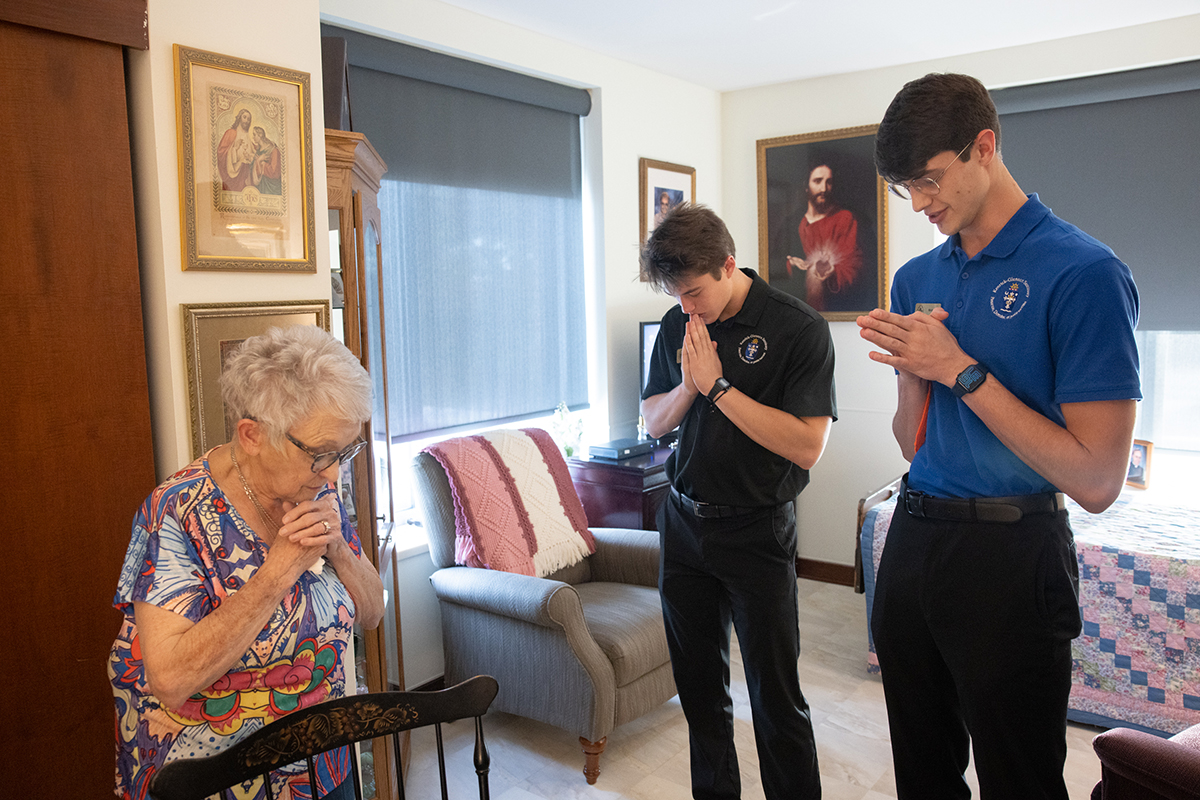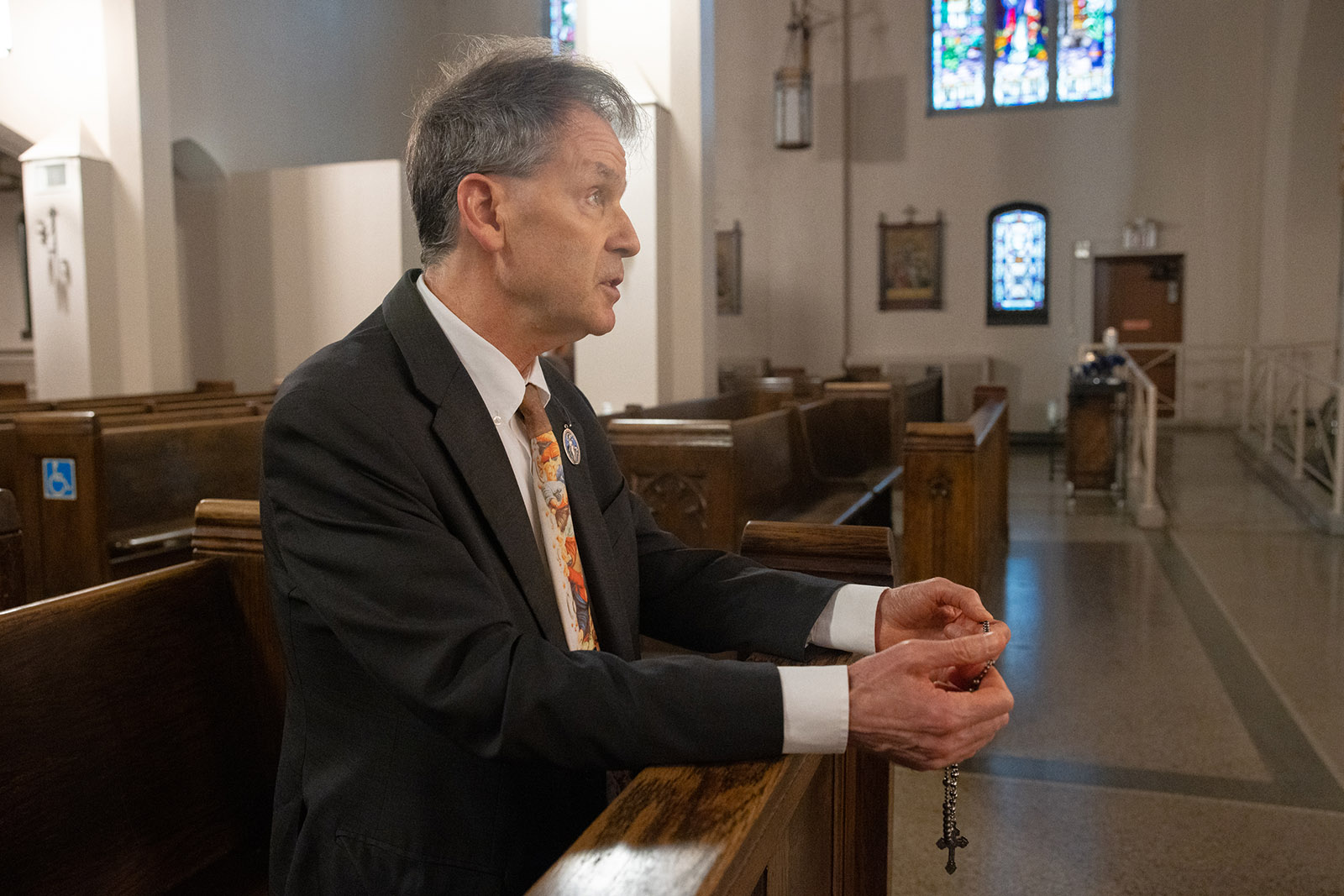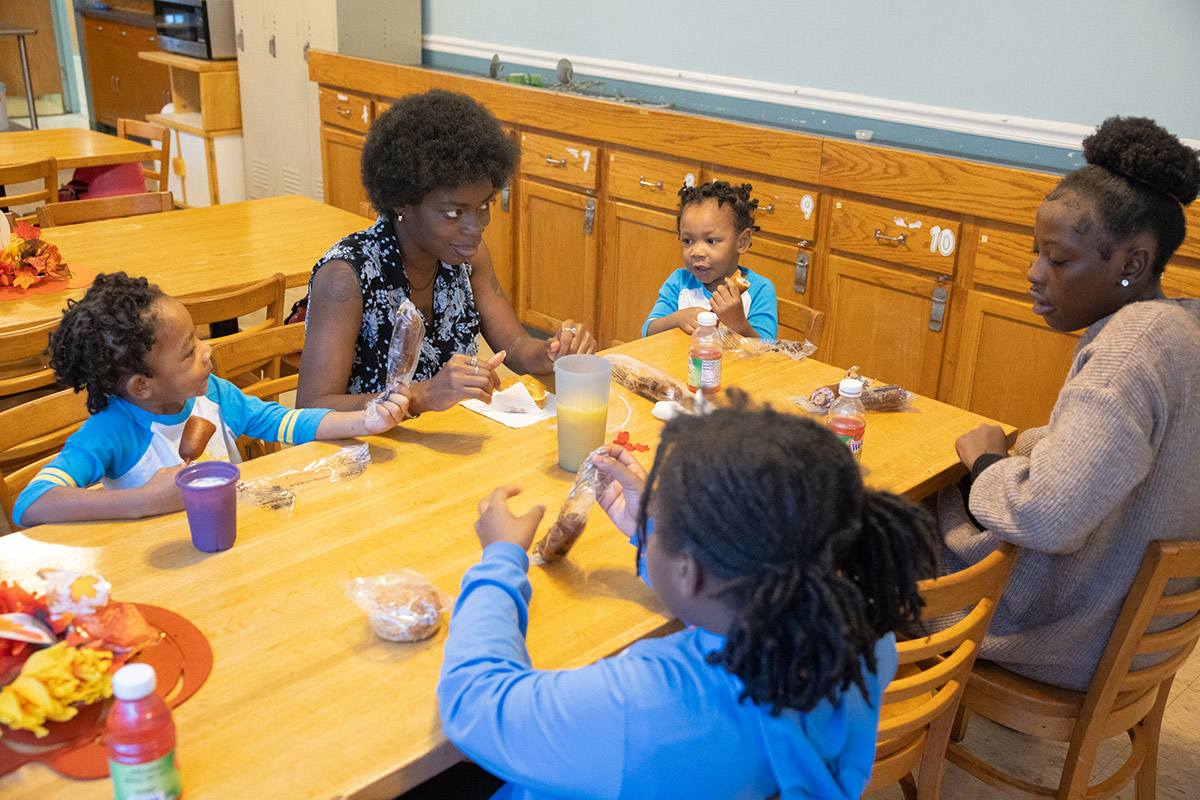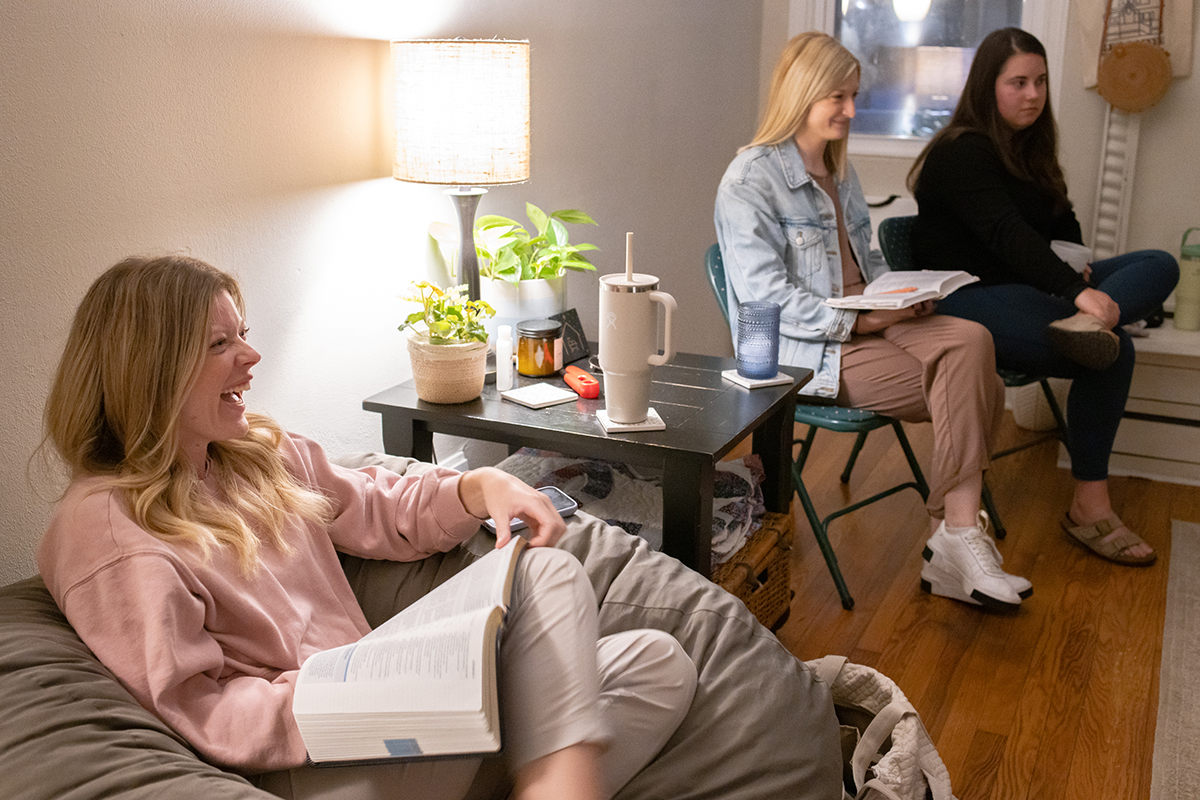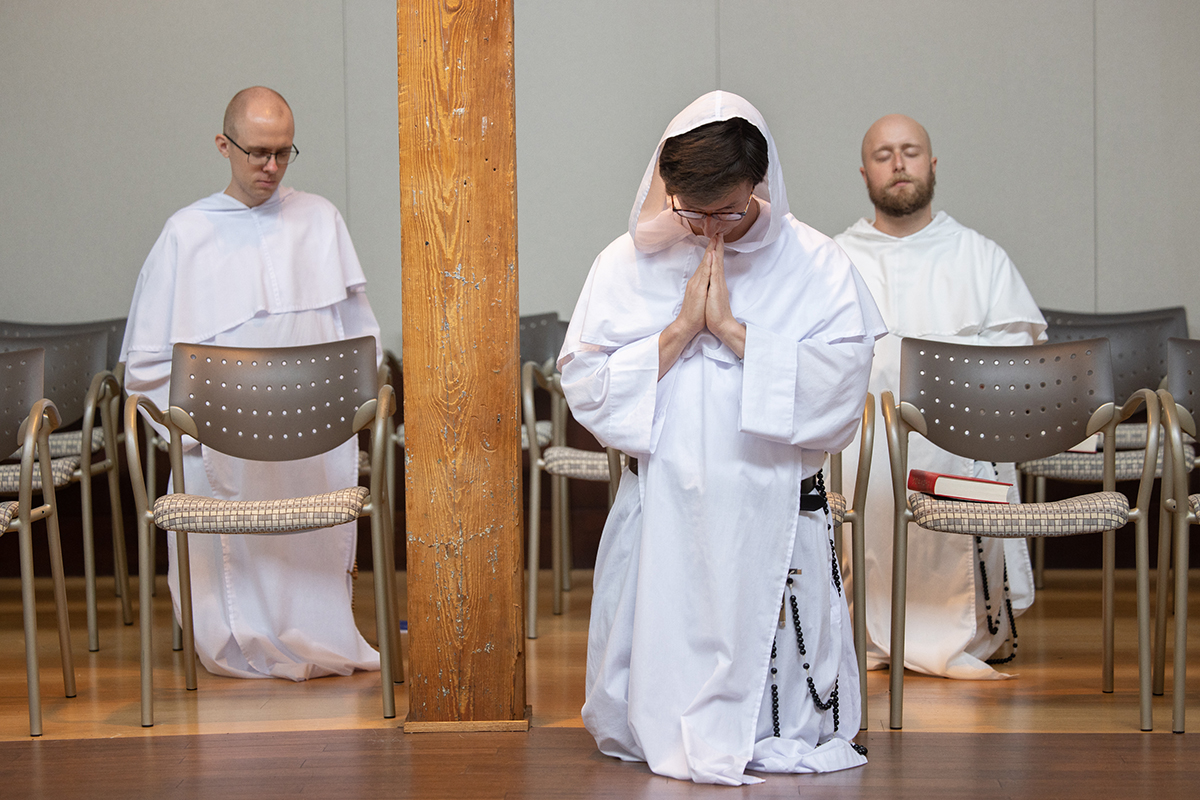Social media places users in alternative reality leading to anxiety and depression
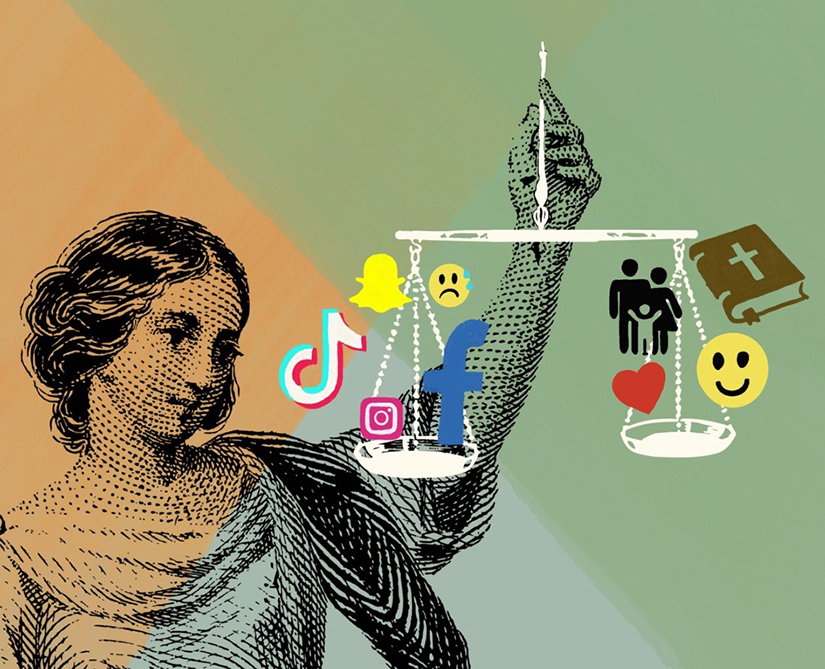
The U.S. Surgeon General says social media is causing harm to our youth. How do we address it?

It is just an app, right?
What is the harm in letting your teenager scroll through TikTok or Instagram?
Since the founding of Facebook in 2004 leading to social media’s prolific growth, organizations have sought to document the short- and long-term effects of social media use. The U.S. Surgeon General released an advisory on social media and youth mental health in May detailing the harmful effects of social media and calling for more robust studies.
Within the Church, priests, bishops and lay leaders have tried to find ways to harness the influence of social media to evangelize.
“Different bishops in the United States are encouraging you to share your witness to the impact of the faith in your life on a regular basis via social media,” said Father Conor Sullivan. “They encourage you to share the fruits of your prayer, talk to one another, relate to one another, use social media to organize gatherings that are faith-oriented. Inviting people has become very powerful through social media.”
While social media has been used for a wealth of good, it also presents challenges — especially for young people trying to find their way.
Warnings abound
Sister Marysia Weber, RSM, a physician certified by the American Board of Psychiatry and Neurology, has studied social media and its effects on teens and children for years.
“The messages that are on social media are so dangerous for teenagers,” Sister Marysia said. “A lot promote eating disorders and physical appearance that many individuals have become anorexic.” TikTok and Instagram are filled with videos that encourage and show teenagers how to do dangerous actions. “Just the violence on there and the messaging of how you treat one another,” Sister Marysia said. “People put out a lot of anger, a lot of violent messages, a lot of hateful messages that can wound somebody’s developing sense of self-esteem.”
When exposed to these messages day after day, teens may suffer from anxiety or depression — some may even develop suicidal ideations. As a priest and licensed psychologist, Father Sullivan has worked with teenagers and young adults who have experienced the harmful effects of social media. The greatest threat he sees is that social media gives a false sense of intimacy.
“It is the teaching of the Church that we are social creatures. We cannot live without intimacy,” Father Sullivan said. “Intimate sharing of life with another person or persons gives you a sense of who you are. It gives you a stable sense of your identity. It gives you a stable sense of support.”
To foster interpersonal skills and intimacy, experts recommend parents encourage their kids to interact with others instead of being on their phones or playing video games.
“With children, have them play with their friends and teach them kindness and other virtues so the child is learning some appropriate interpersonal or social skills, which they’re not learning with social media,” Sister Marysia said.
Social media lacks authentic community and intimacy. While Snapchat and Instagram claim to be places where one can find a community, they are ill-suited replacements for face-to-face gatherings and friendships, Father Sullivan said.
Father Paul Hoesing, president-rector of Kenrick Glennon Seminary, has worked to help seminarians develop a healthy relationship with technology. When men first enter, they are asked to go on a yearlong technology fast, switching to a simple phone that can call or text and using the internet only for research and school work. He believes that by limiting technology use, seminarians regain their humanity.
“We have young people suckled on a device that provides the appearance of connection but doesn’t have the ability to sustain the kind of connection we need, that real human interaction,” Father Hoesing said. “The challenge is that the person can control what happens on a screen, he can’t control a person. But when I’m with a person who I can’t control, and I’m in that environment of vulnerability and relationality, that’s where my humanity comes from.”
Father Sullivan added that through growing in intimacy with others and developing relational skills beyond the screens, one would walk in authentic friendship, which leads to a deeper relationship with Jesus Christ.
“With authentic friends, they begin seeking virtue together and growing in virtue,” he said. “That will look like studying together and hanging out but also talking about the faith and praying together which will help both draw nearer to Jesus. That is the beauty and goodness that authentic friendship brings with it.”
Forgoing the smartphone
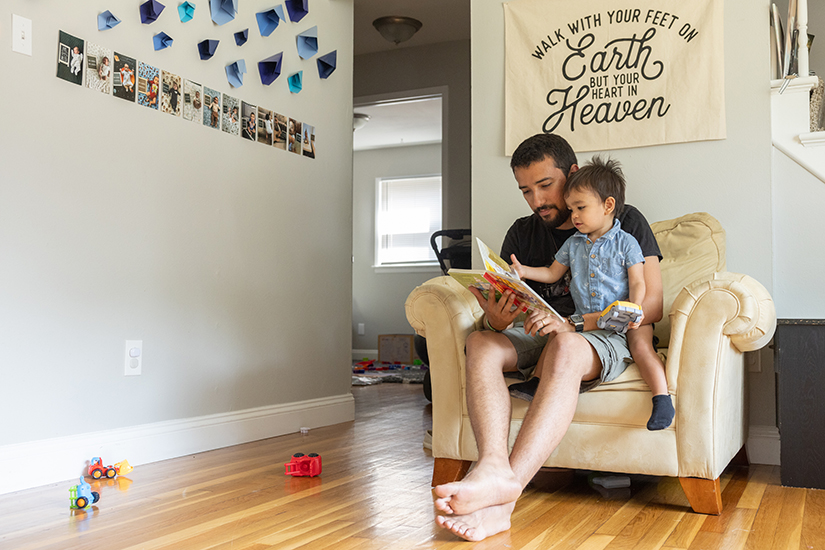
Joseph Balderrama, a parishioner at the Oratory of Sts. Gregory and Augustine, has given up social media so he can grow closer to his 1-year-old son.
In May, Balderrama switched to using a “dumb phone” that can only call, text and navigate. Now, he spends more time with his son, wife and community.
“In some ways, I was being a bad father before I gave up my smartphone because before, I would go on Twitter or whatever and scroll through it while he was playing,” Balderrama said. “But what he really wanted was to play with me. And I would just kind of push that off.”
While Balderrama’s approach may sound extreme, social media experts suggest that parents take similar actions and model healthy technology use within the home.
“A parent needs to model responsible technology use,” Sister Marysia said. “When a parent is on their phone, when they are going for a walk or playing with their child that also takes away from that interaction. And what does that communicate to the child? It says, ‘You’re less important’ and a parent is missing that social time which is important developmental time.”
The messaging and dominating presence of social media platforms provide an alternative formation to human interaction contrary to the Church teaching.
Father Hoesing said, “Social media has become what we call alternative formation. There’s this whole world that’s available in through the phone that becomes alternative information. It’s very important to know what they’re reading, what they’re absorbing, who they’re in contact with. Parents need to monitor that in a way that respects their freedom, but also allows for the healthiness of your children.”
Phones and social media are not going to disappear. Even if one takes drastic steps like Balderrama, social media and phone presence will linger in the background. Julie Smith, a professor of media literacy at Webster University who regularly presents to institutions on topics concerning social media, says that parents need to realize that these devices and apps are not going anywhere.
“We have got to learn to live with it. Phones and social media are not going anywhere,” Smith said. “Parents who attempt to try to keep their kids off it are fighting a losing battle.”
Fighting the battle
There are ways to fight. It begins with reminding kids who is in charge and who pays the phone bills.
“I encourage parents to remind their kids who is in control of the house and who pays the phone bill,” Smith said. “Many parents are afraid to make their kids mad. And if your kids are never mad at you, you’re doing it wrong.”
Phone use starts at home, but what kids post online often causes trouble in the classroom. Sarah Walker, principal of Our Lady of Lourdes School in University City, has noticed how students are affected by what they post or see online.
“When something does happen, say maybe a group chat goes awry, that filters into the school environment. We really work on restorative practices, asking students ‘Hey, I know this happened and I know so and so was hurt. How do we make this right? We talk with students about what are appropriate ways to use social media outlets, what are helpful ways and then what are harmful ways.”
While schools try to instill healthy technology habits in their students, the real formation begins at home where children first encounter technology.
“As a Catholic school, we speak to our parents as primary educators and we try to partner and work with families to address these issues,” Walker said. “We are not the ones giving students phones. During the school day, students are heavily monitored with what they are doing online. A lot of it happens outside of the school day, so a lot of that responsibility is on the parents.”
While Balderrama took an extreme approach to distance himself from social media, he says that it’s worth it because it gives him more time to spend with his son and in prayer.
“Think about when you go to heaven, and it’s the final judgment. You’re standing before God and He pulls up your screen times,” Balderrama said. “And He says, ‘See how much time you spent on your phone? How much time did you give to me?’”
Advice from the Experts
Julie Smith

“My first recommendation to parents would be to analyze your own social media use. So many students from Catholic schools have told me that they wish their mom would spend less time on her phone. That’s an issue. We cannot trust the government to take care of this for us, because it’s unconstitutional. We cannot trust the platforms to take care of this for us because we live in a capitalist society and they’re making a ton of money. It is up to us to help our kids navigate this conversation and learn how to responsibly use social media.”
Sister Marysia Weber, RSM

Father Conor Sullivan

“Why not just get rid of it? What would happen? I know from my own life, there was a time in seminary when I just got rid of my phone. I remember thinking like, ‘I don’t know what this is going to be like. Am I going to cut myself off from all my friends and am I going to miss out?’ I think there’s a lot of fear and anxiety about missing out on something that’s going to make life beautiful and good. When I got rid of it, I found that there was a reflex to check my dumb phone regularly, and I found myself kind of worried or concerned about it for a couple of weeks, and then it just kind of went away. A couple of months in, I remember thinking, ‘I haven’t looked at social media in months, and I haven’t missed it.’”
Father Paul Hoesing

Vivek Murthy, Surgeon General
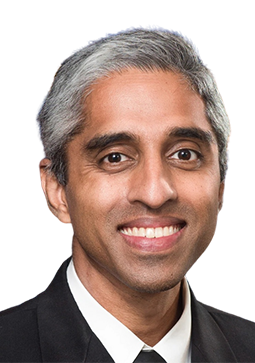
“Create a family media plan. Agreed-upon expectations can help establish healthy technology boundaries at home – including social media use. A family media plan can promote open family discussion and rules about media use and include topics such as balancing screen/online time, content boundaries, and not disclosing personal information.”
Photo Credits: Illustration by Abigail Witte It is just an app, right? What is the harm in letting your teenager scroll through TikTok or Instagram? Since the founding of Facebook … Social media places users in alternative reality leading to anxiety and depression
Subscribe to Read All St. Louis Review Stories
All readers receive 5 stories to read free per month. After that, readers will need to be logged in.
If you are currently receive the St. Louis Review at your home or office, please send your name and address (and subscriber id if you know it) to subscriptions@stlouisreview.com to get your login information.
If you are not currently a subscriber to the St. Louis Review, please contact subscriptions@stlouisreview.com for information on how to subscribe.

